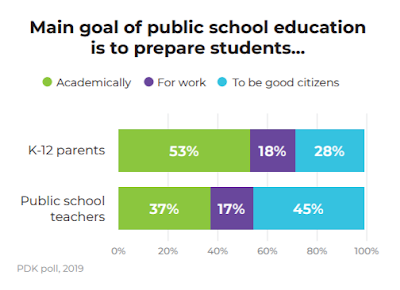2019 Was a Very Good Year for Civic Learning in Illinois

by Shawn P. Healy, PhD, Democracy Program Director With Winter Break in sight and the books on 2019 about to close, this year-end retrospective recaps what was a very good year for civic learning in Illinois. 2019 began with the promise of a renewed push for middle school civics , culminating in the #CivicsInTheMiddle Campaign. Representative Camille Lilly (D-Oak Park) sponsored legislation to require a semester of civics in middle school beginning with the 2020-2021 school year, embedding proven civic learning practices (direct instruction, discussion, service learning, and simulations). The legislation sailed through the House by Spring Break, gaining a bi-partisan supermajority, and moved to the Senate under Senator Jacqueline Collins (D-Chicago) . The formula repeated itself in the upper chamber, although the Senate committee hearing was more contentious, but by May 23, middle school civics cleared the Illinois General Assembly, once more with a filibuster-proof, bi-parti...
















